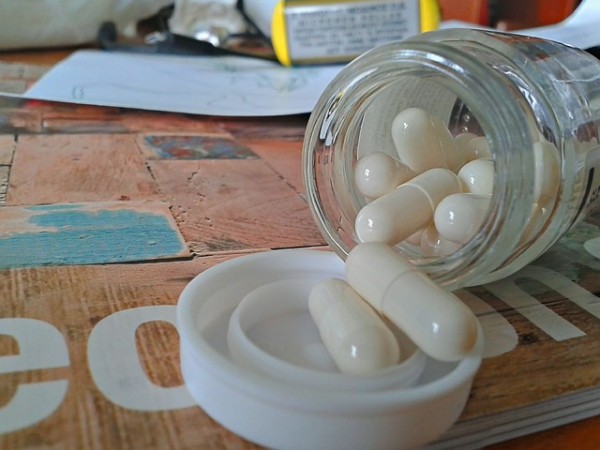One in Four Drug Abusers Get Pills From Their Doctor

Many opioid abusers are still getting the dangerous painkillers from their doctors, according to a recent study conducted by the Centers for Disease Control and Prevention (CDC).
The study, which was published in the Journal of the American Medical Association (JAMA) Internal Medicine, found what the CDC is calling a hole in the prevention efforts aimed at reducing the growing epidemic of opioid drug overdose in the United States.
Besides the "hard" drugs, like heroin, many opioid abusers have turned to clinical painkillers, such as oxymoron, to get their high. The use of these prescription painkillers for non-medical reasons poses potentially deadly risks to an abuser, as the risk of overdose with many of these prescription drugs is extremely high. Combination opioids, which are powerful opioid painkillers combined with lesser pain killers such as acetaminophen, have even greater risk of death with overdose than with heroin. Not only do the painkillers pose the risk of death by opioid overdose -- often caused by asphyxiation, but they also carry the risks of overdose complications from the secondary ingredient. Acetaminophen, for instance, is known to cause severe and irreversible liver damage when taken beyond a prescribed dosage.
According to the CDC, deaths tied to prescription opoid drugs have more than quadrupled since 1999, with over 16,000 deaths in 2010.
Worse, the recent study provides evidence that shows that 27.3 percent of people who use opoid pain relievers from more than a recommended lengths of time, and for non-medical reasons, are still able to get the drugs from a prescribing physician.
The study also found what has been largely expected, that 63 percent of prescription drug abusers were getting the pills from family or friends, not dealers. Still, that population was found to take the pills for considerably less periods of time compared to abusers with a physician source (30 days vs 200+ days). This worries the CDC even more, where researchers acknowledge that prescription opioids often serve as a gateway into heroin abuse, where heroin can get abusers the same high as from the prescription drugs they no longer have access to.
Still, not everything is bleak news. The Food and Drug Administration has recently moved to label combination opioid painkillers as Schedule III drugs, meaning prescriptions for the drugs will no longer be able to be just called in and renewed. Rather, a doctor will have to issue a new prescription for the drug every time a patient requires a refill. It is the hoe that such measures will cull the surprisingly high numbers cited in this study.
The study was published in JAMA Internal Medicine on March 3.
Mar 04, 2014 02:54 PM EST





